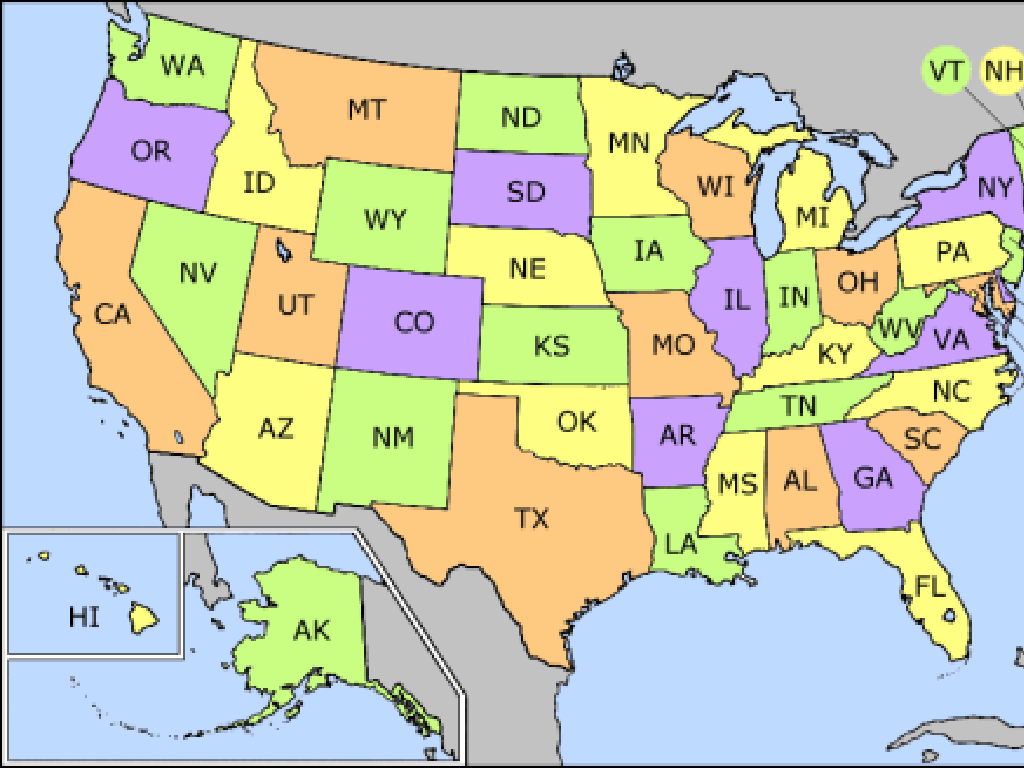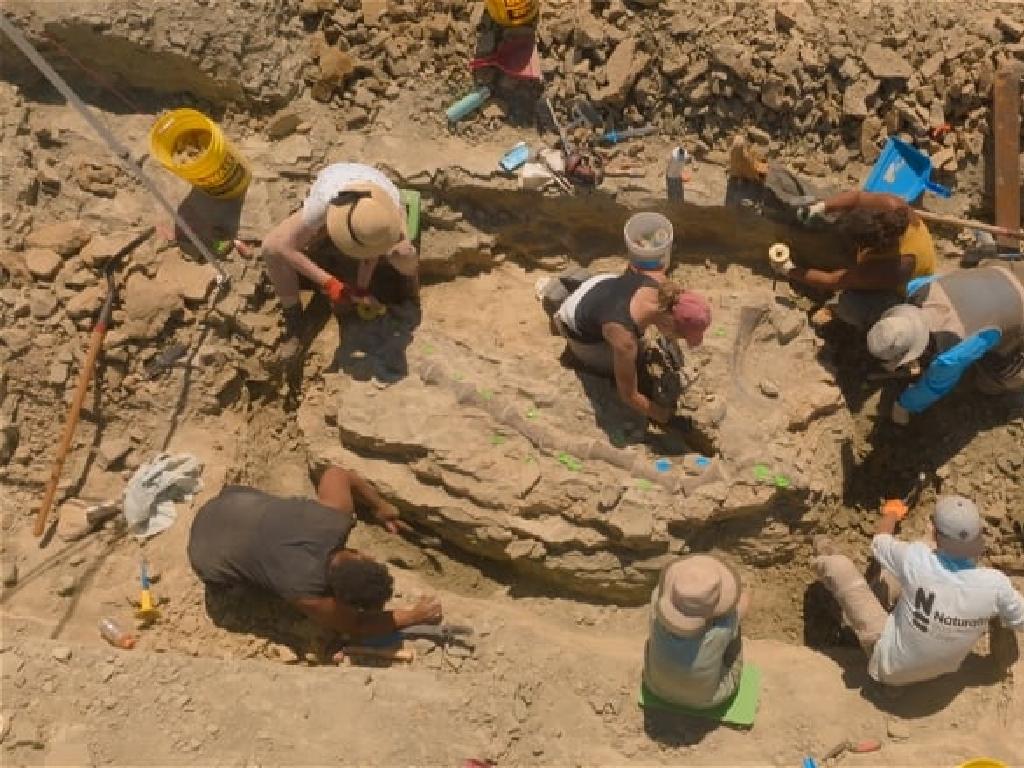Observe Traits
Subject: Science
Grade: Second grade
Topic: Traits
Please LOG IN to download the presentation. Access is available to registered users only.
View More Content
Welcome to Traits Exploration!
– Learning about traits
– Our unique characteristics
– Traits make each person, plant, and animal special
– Observing plant traits
– Look at leaf shapes, flower colors, etc.
– Observing animal traits
– Notice fur patterns, beak shapes, etc.
|
This slide introduces the concept of traits to second-grade students, emphasizing the uniqueness of individuals, plants, and animals. Traits are the different characteristics that make each living thing special. Start by explaining that traits can be things like hair color, height, or even leaf shape in plants. Encourage students to think about what makes them unique and then extend this idea to the natural world by observing the traits of plants and animals. Provide examples such as the different shapes of leaves on trees or the variety of colors found in flowers. For animals, discuss how different species have different types of fur, feathers, or scales. This will set the stage for activities where students will observe and record various traits in the classroom or their environment.
Exploring Traits
– Traits: features passed down
– Examples: hair color, leaf shape
– Like your brown hair or a plant s round leaves
– Inherited vs. Environmental traits
– Some traits we’re born with, others come from where we live or what we do
– Observing traits around us
|
This slide introduces the concept of traits to second-grade students. Traits are explained as characteristics that are passed from parents to their children, such as hair color or the shape of a leaf. It’s important to distinguish between inherited traits, which are genetic, and those that are influenced by the environment, like a suntan. Use everyday examples to help students relate to the topic. Encourage them to observe and think about traits they see in themselves, their classmates, and in nature. This will set the foundation for understanding heredity and the role of the environment in shaping how organisms look and behave.
Observable Traits in Animals
– Animals have various traits
– Like fur color, ear shape, tail length
– Examples of animal traits
– Cats have whiskers for sensing, rabbits have long ears for hearing
– Traits’ role in survival
– Camouflage fur helps hide, long tails for balance
– Discuss trait adaptation
|
This slide aims to introduce students to the concept of observable traits in animals and how these traits can aid in their survival. Start by explaining that traits are characteristics or features that an animal has, such as fur color, ear shape, and tail length. Provide examples of different animal traits and how they are useful. For instance, a rabbit’s long ears help it to hear predators, while a chameleon’s color-changing skin helps it to blend in with its surroundings. Encourage students to think about why certain traits might be beneficial in specific environments, promoting a discussion on adaptation and survival. This will help students understand the relationship between an animal’s traits and its habitat.
Observable Traits in Plants
– Plants have various traits
– Like leaf color, flower type, stem height
– Traits serve specific purposes
– Traits help plants survive and thrive
– Cactus spines vs. Lily petals
– Spines protect cacti, petals attract pollinators for lilies
– Discuss plant trait usefulness
|
This slide aims to introduce students to the concept of observable traits in plants and their significance. Start by explaining that traits are characteristics that can be seen, such as leaf color, flower type, and stem height. Discuss how these traits can help a plant survive in its environment, like a cactus having spines to protect against predators and reduce water loss, while a lily has soft petals to attract pollinators. Encourage students to think about the traits of plants they are familiar with and how those traits might be useful. This will help them understand the relationship between a plant’s traits and its habitat or role in the ecosystem.
Traits We Share
– Humans have unique traits
– Observe classroom traits
– Look for common traits like hair and eye color among classmates
– Every trait makes us special
– Traits are what make each of us one-of-a-kind!
– Traits like eye color and hair
– Traits can be physical like hair and eye color or even earlobe type
|
This slide is aimed at helping second-grade students observe and appreciate the diversity of traits among humans, using their classroom as a microcosm. Start by explaining what traits are, giving examples such as eye color, hair type, and earlobe attachment. Encourage the students to look around the classroom and identify common traits they share with their classmates. Emphasize that while some traits are common, each combination of traits is unique to every individual, making each person special. This activity can foster a sense of unity and appreciation for diversity within the classroom. It’s also a foundation for understanding basic genetics and heredity in later grades.
Inherited vs. Environmental Traits
– Inherited traits from parents
– Eye color, hair type, and ear shape are inherited.
– Environmental traits from surroundings
– Suntan, language, and food preferences are environmental.
– Examples of inherited traits
– Examples of environmental traits
|
This slide introduces the concept of inherited and environmental traits to second-grade students. Inherited traits are those that are passed down from parents to their children and are encoded in their genes, such as eye color, hair type, or the shape of their ears. Environmental traits, on the other hand, are influenced by the surroundings and experiences, such as getting a suntan from the sun, learning a language spoken at home or in the community, or developing a preference for certain types of food based on what is available. Encourage students to think of their own examples of each type of trait and be ready to discuss them in the next class. This activity will help them understand the difference between traits that are determined by genetics versus those that are influenced by the environment.
Class Activity: Trait Scavenger Hunt
– We’re exploring traits in class!
– You’ll get a checklist for the hunt
– A list of traits to find in classmates
– Observe your friends’ traits carefully
– Look for hair color, eye color, etc.
– Be kind and respectful to everyone
– Remember, everyone is unique and special!
|
This activity is designed to help students observe and understand traits in a fun and interactive way. Provide each student with a checklist that includes various traits such as hair color, eye color, being left-handed, etc. They will then look for classmates who have these traits and mark them off on their list. It’s crucial to emphasize the importance of being respectful and kind while observing differences among their peers. This activity not only teaches about traits but also celebrates the diversity in the classroom. Possible variations of the activity could include finding traits in plants or animals, using magazines to find traits, or even creating a drawing collage of different traits observed.
Conclusion and Reflection: Celebrating Our Uniqueness
– Recap on traits of living things
– Uniqueness of each trait
– Traits like leaf shape or fur color make each plant and animal special.
– Sharing our observations
– Discuss the traits we noticed in class and at home.
– Reflecting on what we learned
– Think about how traits differ and what we found interesting.
|
As we wrap up today’s lesson, let’s revisit the concept of traits in living things, emphasizing the diversity and uniqueness they bring to the natural world. Encourage students to reflect on the traits they’ve observed in plants, animals, and themselves, fostering an appreciation for the variety of life. Facilitate a discussion where students can share their observations and insights, allowing them to learn from each other’s experiences. This reflection helps solidify their understanding of the topic and recognize the value of diversity in living organisms.






